Metrics for Evaluating ETI Performance
In today’s business landscape, companies are increasingly held accountable for their ethical practices, especially regarding their supply chains. The Ethical Trade Initiative (ETI) provides a framework for ensuring that companies uphold high standards of labor rights and ethical business practices. However, to truly assess and improve ETI compliance, it’s crucial to have clear metrics in place for evaluating performance.
At CDG, we help businesses navigate the complexities of ETI audits and understand how to measure their ethical trade performance effectively. This blog post explores key metrics for evaluating ETI performance, offering practical insights and examples to guide your business in maintaining high ethical standards.
Introduction: The Importance of Measuring ETI Performance
ETI compliance is not just about adhering to a set of guidelines; it’s about continuous improvement and demonstrating a commitment to ethical trade. However, without clear metrics, it can be challenging to gauge how well your company is performing in relation to ETI standards. Measuring ETI performance helps identify areas for improvement, track progress over time, and provide transparency to stakeholders.
Effective metrics allow your business to assess its impact, make informed decisions, and ensure that your ethical practices are aligned with global standards. These metrics also play a crucial role in external reporting, helping to build trust with customers, investors, and partners.
1. Key Metrics for Evaluating ETI Performance
When it comes to evaluating ETI performance, several metrics can provide valuable insights into how well your company is adhering to ethical standards. These metrics cover various aspects of labor rights, supply chain management, and overall business practices.
1.1. Compliance Rate
The compliance rate measures the percentage of your operations and suppliers that fully comply with ETI standards. This metric provides a clear overview of how well your company is adhering to the ETI Base Code across all levels of your supply chain.
- Example: A company with a 95% compliance rate indicates that 95% of its suppliers and operations meet the ETI standards, with the remaining 5% requiring attention and improvement.
Practical Tip: Regularly audit your suppliers and internal operations to ensure compliance. Use the compliance rate to identify any areas that need additional focus and resources.
1.2. Incident Rate
The incident rate tracks the number of non-compliance issues or violations reported during a specific period. This metric is crucial for understanding where problems are occurring and how frequently they arise.
- Example: If a manufacturing company records five incidents of wage violations within a quarter, the incident rate provides a basis for investigating these issues and implementing corrective actions.
Practical Tip: Establish a robust incident reporting system that encourages employees and suppliers to report violations without fear of retaliation. Use this data to address root causes and prevent future incidents.
1.3. Corrective Action Closure Rate
The corrective action closure rate measures the percentage of identified non-compliance issues that have been successfully resolved. This metric reflects your company’s ability to respond to problems and make necessary improvements.
- Example: If an ETI audit identifies ten issues and eight of them are resolved within the given timeframe, the corrective action closure rate is 80%.
Practical Tip: Track the progress of corrective actions and set deadlines for resolving issues. Ensure that there is accountability at all levels of the organization to close out corrective actions promptly.
1.4. Supplier Engagement and Training Metrics
These metrics assess the extent to which your suppliers are engaged in ETI compliance efforts and the effectiveness of any training programs provided. They can include the number of suppliers trained, the frequency of training sessions, and the level of supplier participation.
- Example: A company might report that 85% of its key suppliers have completed ETI compliance training, indicating a strong commitment to ethical trade practices.
Practical Tip: Regularly review and update your training programs to ensure they are relevant and effective. Encourage supplier participation by highlighting the benefits of ETI compliance for their business.
1.5. Employee Satisfaction and Turnover Rate
Employee satisfaction and turnover rate are indirect but important metrics for evaluating ETI performance. High employee satisfaction and low turnover can indicate that ethical labor practices are being upheld, contributing to a positive work environment.
- Example: A low turnover rate and positive employee feedback in an ETI-compliant factory suggest that workers are treated fairly and that working conditions meet ETI standards.
Practical Tip: Conduct regular employee surveys to gauge satisfaction levels and identify any areas of concern. Use this feedback to improve working conditions and align with ETI standards.
2. Integrating ETI Metrics into Your Business Strategy
To fully leverage the benefits of these metrics, it’s essential to integrate them into your broader business strategy. This involves setting clear goals, regularly reviewing performance, and using the data to drive continuous improvement.
2.1. Setting Clear ETI Performance Goals
Establish specific, measurable goals related to ETI compliance and performance. These goals should align with your overall business objectives and be communicated clearly to all stakeholders.
- Example: A company might set a goal to achieve a 100% compliance rate within two years or reduce the incident rate by 50% within a year.
Practical Tip: Break down your goals into actionable steps and assign responsibility to specific teams or individuals. Regularly monitor progress and adjust your strategy as needed.
2.2. Regular Review and Reporting
Regularly review your ETI performance metrics and report the findings to key stakeholders. This transparency builds trust and ensures that everyone is aware of the company’s progress and any challenges that need to be addressed.
- Example: Include ETI performance metrics in your annual sustainability or corporate social responsibility (CSR) report. Share these insights with investors, customers, and employees.
Practical Tip: Use visual tools such as dashboards or scorecards to track and display ETI performance metrics. This makes it easier to identify trends and areas for improvement.
3. Practical Applications: Using ETI Metrics for Continuous Improvement
Effective use of ETI metrics goes beyond measurement—it involves using the data to drive continuous improvement in your ethical trade practices.
3.1. Identifying and Addressing Weaknesses
Use your ETI performance metrics to identify any weaknesses in your compliance efforts. Once identified, develop targeted action plans to address these areas and prevent future issues.
- Example: If the incident rate for labor violations is higher in a particular region, focus your efforts on improving compliance in that area, possibly through additional training or closer monitoring.
Practical Tip: Implement a continuous improvement process that regularly reviews and updates your ETI compliance strategy based on performance data.
3.2. Building a Culture of Ethical Responsibility
ETI metrics should be used to foster a culture of ethical responsibility within your organization. By regularly communicating the importance of these metrics and celebrating achievements, you can engage employees and suppliers in your commitment to ethical trade.
Practical Tip: Recognize and reward teams or suppliers that demonstrate outstanding performance in ETI compliance. This can motivate others to strive for similar success.
The Strategic Value of ETI Performance Metrics
Metrics for evaluating ETI performance are essential for any business committed to ethical trade. They provide the data needed to assess compliance, identify areas for improvement, and demonstrate your company’s commitment to ethical practices. By integrating these metrics into your business strategy, you can drive continuous improvement, build stronger relationships with stakeholders, and enhance your company’s reputation in the global marketplace.



